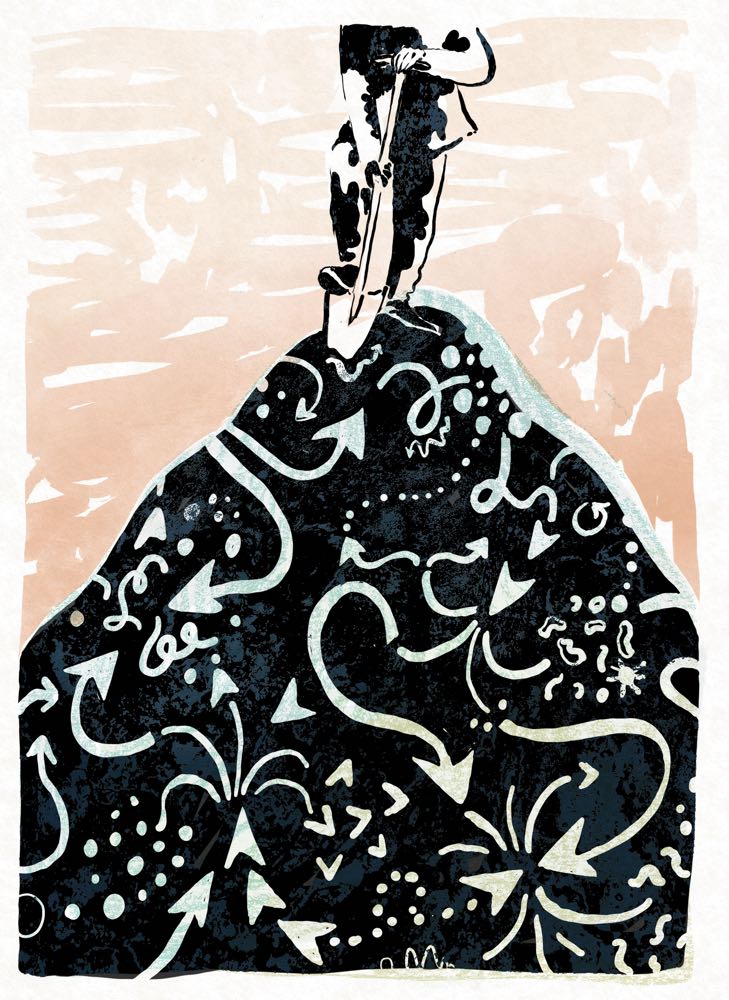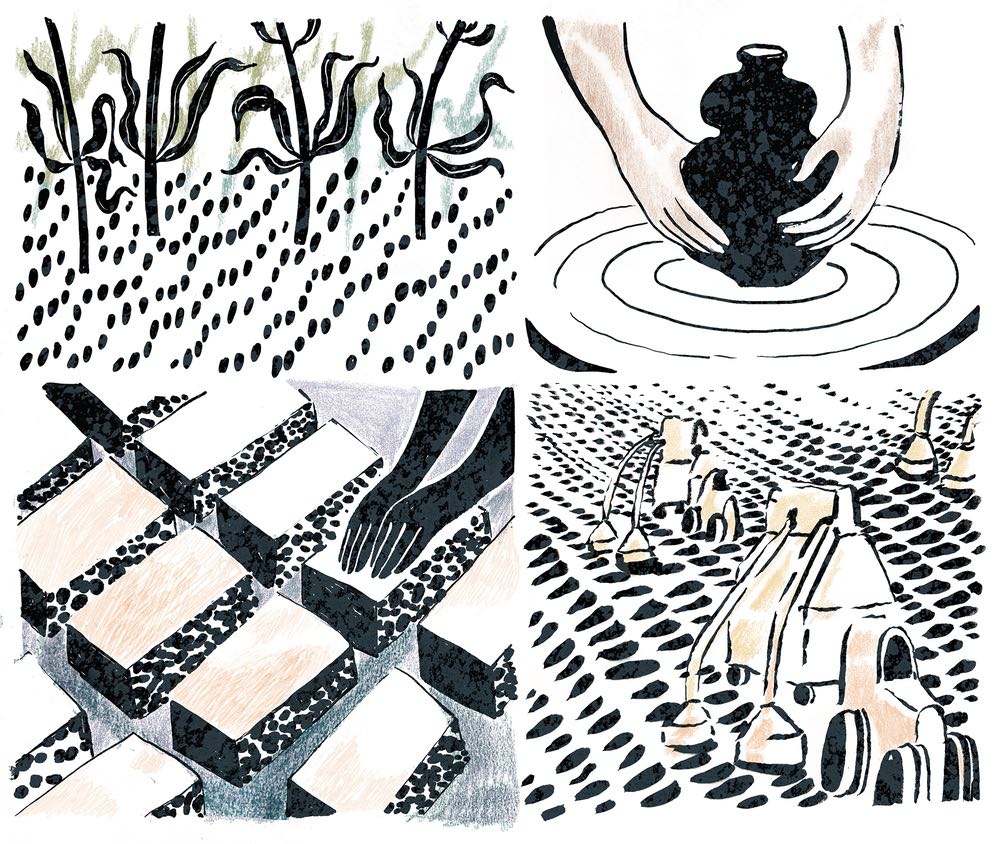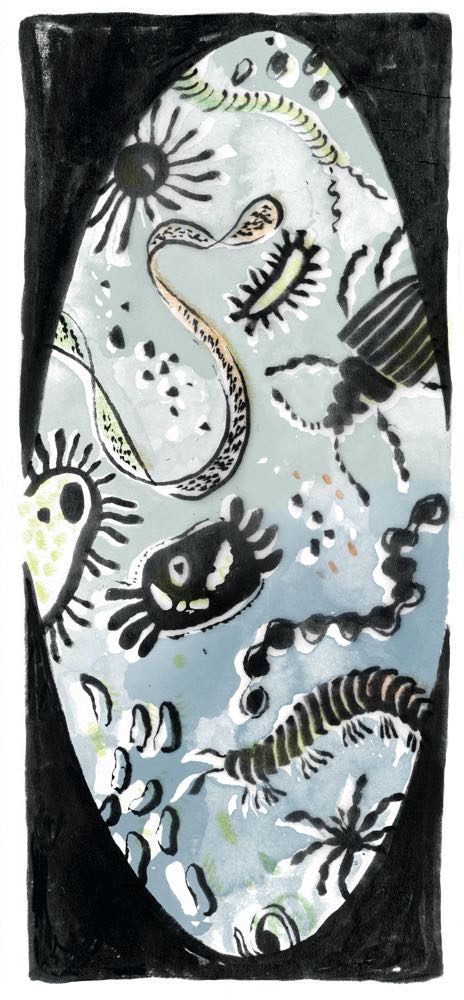Step 1.
Read section 1.1 of “Farming the Patchy Anthropocene” and consider what a “patch” is.
You can also listen to this to learn a bit more about patches: Anna Tsing, "Anthropocene Patches—Space, Time and Position“ (discussion of patches starts at minute 6:00)
Identify and attune yourself with a landscape patch to discern how its qualities relate to its soil substrate. If possible,
make studied observations of the substrate’s material qualities and properties using tools from Day 1.
Experiment with drawing visible attributes of the patch in an exercise of “landscape ethnography” (Recommended Reading: Mathews, Andrew S. 2018. “Landscapes and Throughscapes in Italian Forest Worlds: Thinking Dramatically about the Anthropocene.” Cultural Anthropology 33 (3): 386–414.)
If you cannot find a good landscape patch to examine, you might think about postindustrial parks and their attempts at
remaking polluted spaces into public parks. Here is an example: Gas Works Park
and more generally: Palimpsestous Landscapes: Post-Industrial Parks.
Step 2.
Couple these observations and drawings with internet research to see if you can discern its ecological qualities and
potentialities. What sorts of vegetation and growth does this patch support? How might its material qualities and
properties be related to histories of use?
Step 3.
What sort of use is possible in the future? Would you wish for the soil of this patch to be different and if, so,
what sort of changes or “cleaning” does it require based on desired uses and the regulatory framework in place and
whom does it most affect? (Hint: Part of the strategy of dealing with the PFAS crisis is the removal of soil containing
PFAS to landfills. However, a critical environmental justice question to then ask is: what communities live in
proximity to those landfills?
Step 4.
What do these practices of remediation soil tell us about what it means to “clean” the soil? (Reading: Cram, Shannon. 2023.
“Trespassing.” in Unmaking the Bomb. Berkeley: University of California Press, 107-119.
Alternately, if you cannot access the article: Shannon Cram, “Here, in the Plutonium,” Moss.. For additional reading
on how people learn to live within frameworks of toxic risk, see Chloe Ahmann, “Toxic Disavowal.”)







